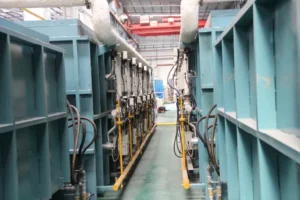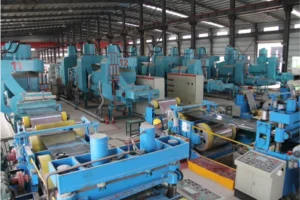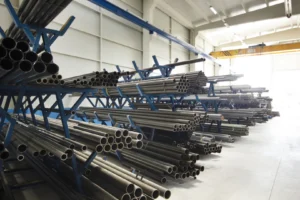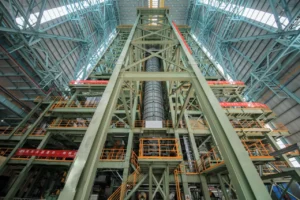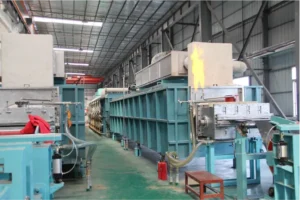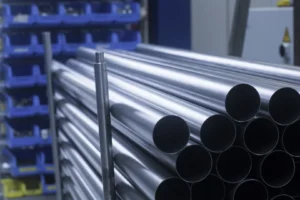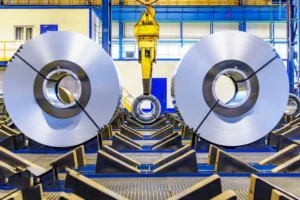Stainless Steel Coil Surface Finishes: Types, Characteristics, & Guide
Choosing the wrong stainless steel finish can compromise your project's integrity and budget. This single decision impacts durability, appearance, and cost, making a clear understanding absolutely essential for success.
The right stainless steel coil surface finish is critical for both functional performance and aesthetic appeal. It directly influences a product's corrosion resistance, cleanability, and overall look, making it a key specification in manufacturing, construction, and design applications.
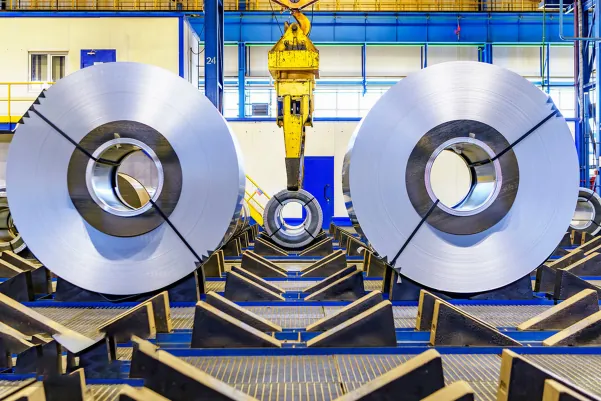
As Global Business Director at MFY, I've seen firsthand how the conversation around surface finishes has evolved. It's no longer just about looks; it's a strategic decision that affects a product's entire lifecycle. The growing emphasis on sustainability and design precision means that selecting the correct finish can enhance longevity and reduce environmental impact. In this guide, we'll walk through the essential steps to help you make an informed choice, ensuring your final product not only meets but exceeds expectations. Let's dive in.
Step 1: What Are the Different Types of Stainless Steel Coil Finishes?
The variety of finish codes like 2B, BA, or No. 4 can be confusing. This confusion often leads to incorrect specifications, causing costly delays and material waste in production.
Common stainless steel coil finishes include 2B (a smooth, matte finish), BA (Bright Annealed, highly reflective), No. 4 (brushed finish), HL (Hairline, a long, continuous grain), and No. 8 (a mirror-like finish). Each offers distinct visual and functional properties.
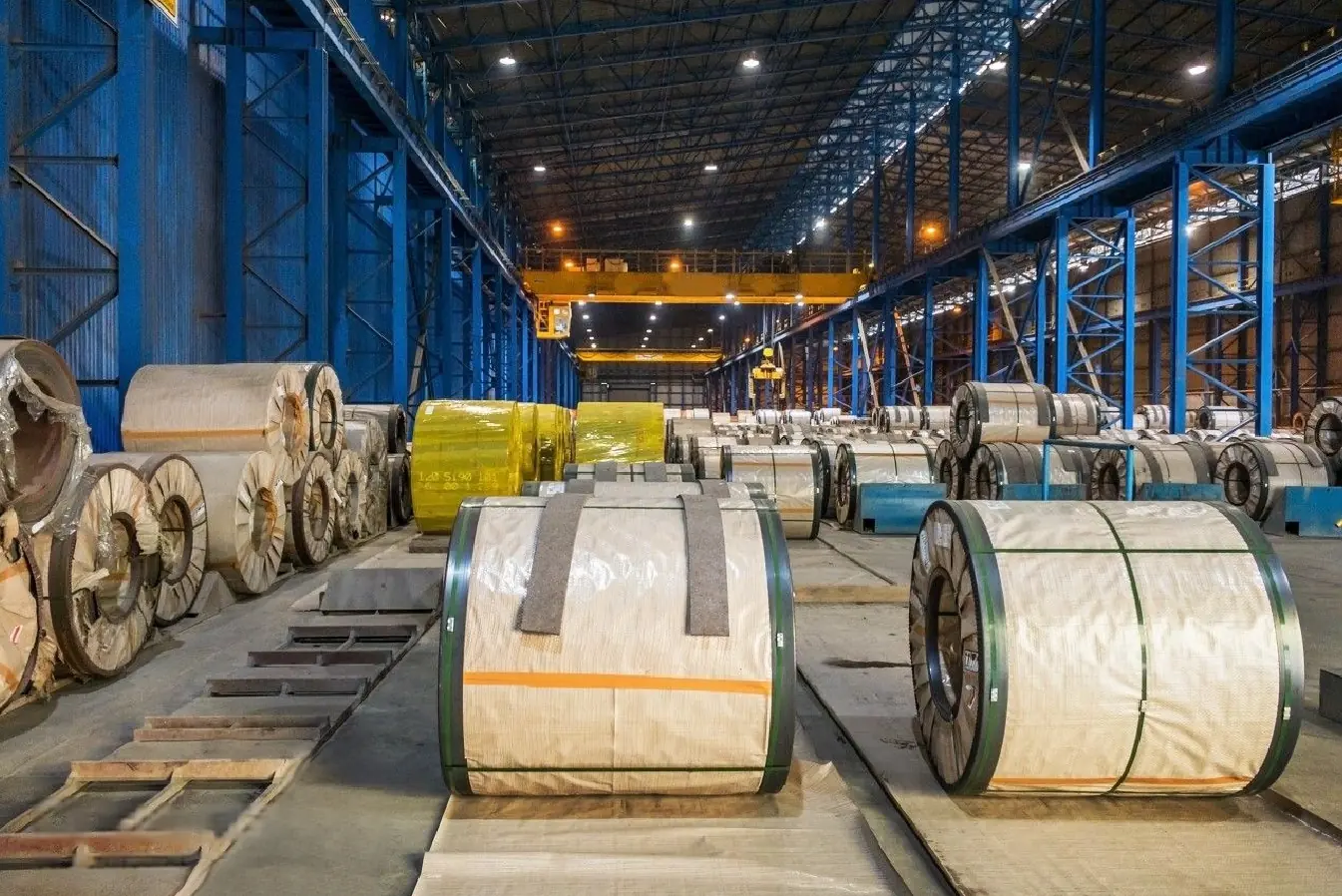
At MFY, we believe that understanding the fundamental differences between finishes is the first step toward innovation and market leadership. It's about more than just industry jargon; it's about unlocking the potential of the material. As the global market demands more customized solutions, knowing the nuances of each finish allows our clients to achieve crucial product differentiation. For instance, an architect might choose a No. 4 finish for its aesthetic appeal on a building facade, while an engineer designing medical equipment will select a 2B finish for its smoothness and cleanability.
Common Finishes We Handle Daily
To simplify this, I've broken down the most common finishes we process and trade at our facilities. This is the practical knowledge my team uses to guide partners every day.
| Finish Name | Standard Code | Description | Common Use Cases |
|---|---|---|---|
| Matte Finish | 2B | Smooth, moderately reflective cold-rolled finish. The most common finish. | Industrial equipment, chemical processing, food industry. |
| Bright Annealed | BA | Highly reflective, mirror-like finish produced by heat treatment in a controlled atmosphere. | Home appliances, architectural trim, decorative items. |
| Brushed Finish | No. 4 | Characterized by fine, unidirectional polishing lines. Non-reflective. | Kitchen appliances, sinks, wall panels, elevators. |
| Hairline Finish | HL | Similar to No. 4 but with a longer, continuous grain for a distinct look. | Architectural panels, interior design, premium appliances. |
Choosing the right type is the foundation. It sets the stage for the product's performance, cost, and final appearance. Our role is to provide not just the material, but the expertise to ensure this foundational choice is the right one.
Step 2: How Do the Characteristics of Various Surface Finishes Differ?
Two finishes might look similar, but their functional characteristics can be worlds apart. Overlooking these differences can lead to premature corrosion, difficult maintenance, or a failed product application.
Surface finish characteristics vary significantly in roughness (Ra), reflectivity, and corrosion resistance. A smoother finish like BA offers higher reflectivity and is easier to clean, while a textured finish like No. 4 hides scratches but can be harder to maintain.

Analyzing the characteristics of a surface finish goes beyond its visual appeal. It's a deep dive into how the material will perform in its intended environment. This is where MFY’s commitment to technical excellence comes into play. We help our clients understand the direct link between surface characteristics and long-term value. For example, a smoother surface generally offers better corrosion resistance because there are fewer microscopic peaks and valleys where contaminants can collect and initiate corrosion. This is a critical factor in industries from pharmaceuticals to marine construction.
Key Performance Characteristics
Let's break down the most important functional traits we consider when advising our partners on their stainless steel coil orders. This analysis is central to aligning material specifications with operational efficiency and product longevity.
- Corrosion Resistance: The finishing process itself, particularly passivation, enhances the protective chromium oxide layer. Smoother finishes like 2B and BA naturally resist particle buildup, which further boosts their anti-corrosive properties. This is a key reason they are preferred in hygienic applications.
- Cleanability: In the food and medical industries, the ability to easily clean and sterilize a surface is non-negotiable. The low surface roughness (Ra value) of a 2B or BA finish makes it ideal, preventing bacterial growth.
- Aesthetic Appeal & Consistency: For consumer products and architectural projects, appearance is paramount. Finishes like No. 4 and HL provide a decorative, modern look. The challenge, which our quality control systems address, is ensuring this finish is consistent across different coils and batches.
- Durability & Wear Resistance: A brushed finish like No. 4 is excellent at hiding minor scratches and wear, making it a practical choice for high-traffic areas like elevators and kitchen countertops.
Ultimately, the characteristics of the surface finish contribute directly to the product's sustainability. A well-chosen finish that resists corrosion and is easy to maintain will have a longer service life, reducing the need for replacement and minimizing its environmental footprint.
Step 3: How Do You Select the Right Surface Finish for Your Application?
Matching a finish to an application is a high-stakes decision. The wrong choice can lead to budget overruns, production issues, or a product that fails to meet market expectations.
To select the right finish, first define your application's primary needs: Is it aesthetic, functional, or both? Then, consider the operating environment (e.g., corrosive, high-traffic), fabrication requirements, and budget. Cross-reference these needs with finish characteristics.
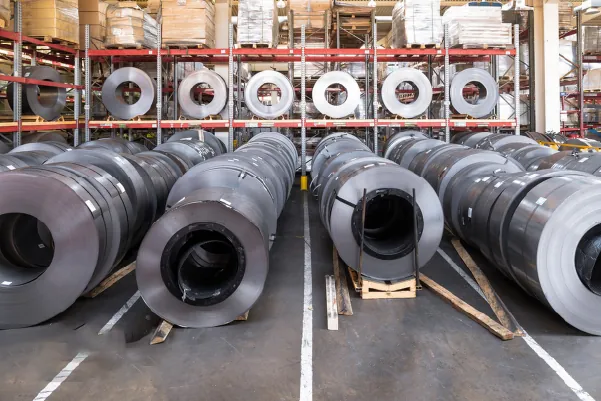
In my experience, the selection process is where a supplier becomes a true partner. At MFY, we don't just take orders; we consult. We integrate our understanding of surface finishes into our clients' strategic planning. This is especially important as industries like automotive, construction, and electronics have increasingly sophisticated demands. A car manufacturer might need a finish that is both durable and visually appealing for trim, while a data center requires a finish that is functional and non-reflective. Our job is to bridge the gap between the client's vision and the material's capability.
Application-Specific Recommendations
The right choice always depends on the context. A finish that excels in one area may be completely unsuitable for another. Here is a simplified guide we often use to start the conversation with our clients.
| Industry/Application | Primary Concerns | Recommended Finishes | Why? |
|---|---|---|---|
| Architectural & Construction | Aesthetics, corrosion resistance, low maintenance | No. 4, HL, BA | Offer modern looks, hide fingerprints (No. 4/HL), and provide good weather resistance. |
| Food & Beverage Processing | Hygiene, cleanability, corrosion resistance | 2B, BA | Smooth, non-porous surfaces prevent bacterial growth and are easy to sterilize. |
| Automotive | Appearance, durability, formability | BA, No. 4 | Used for decorative trim (BA) and functional components that need to resist wear (No. 4). |
| Consumer Electronics | Premium feel, durability, finish consistency | HL, Bead Blasted | Provide a sophisticated look and feel while being durable enough for daily handling. |
Technological advancements in finishing processes are constantly creating new possibilities. We stay at the forefront of these changes, ensuring our clients have access to the best materials to fortify their market presence and drive innovation. Selecting the right finish is not just a technical choice; it's a strategic business decision.
Step 4: What Are the Best Practices for Maintaining Stainless Steel Surface Finishes?
Investing in a premium finish is pointless if it's damaged by poor maintenance. Improper care can negate the material's natural benefits, leading to a shorter lifespan and a tarnished appearance.
For routine maintenance, clean stainless steel with mild soap or detergent and warm water, using a soft cloth. Always rinse thoroughly and wipe dry to prevent water spots. For tougher stains, use non-abrasive, chloride-free cleaners.
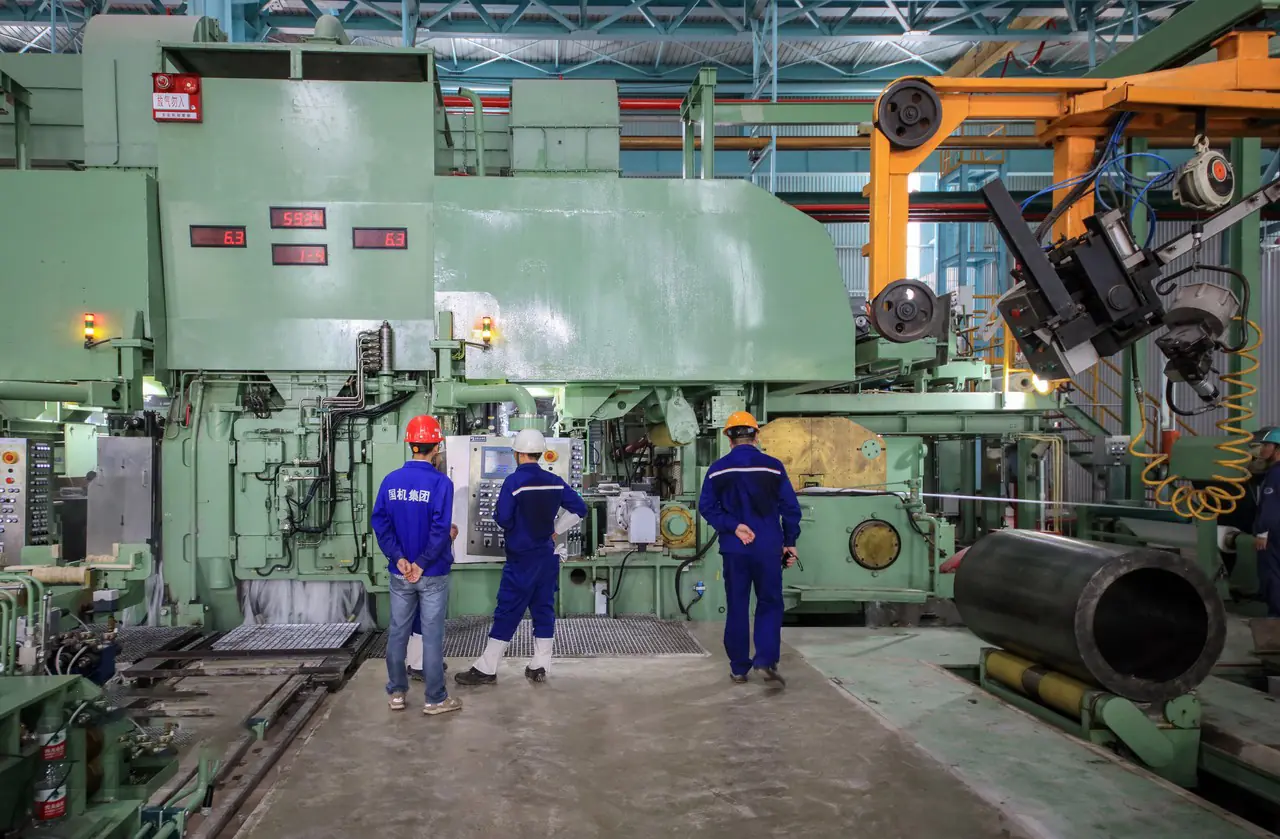
I often tell our partners that the life of a stainless steel product is determined as much by its maintenance routine as its initial quality. Proper care preserves the passive layer—the invisible film of chromium oxide that gives stainless steel its remarkable corrosion resistance. A simple, consistent cleaning schedule is the most effective way to ensure longevity and protect your investment. This aligns with the broader industry push towards sustainability; a product that lasts longer is inherently better for the environment. It avoids the resource consumption associated with premature replacement.
Simple Do's and Don'ts for Maintenance
Over the years, we've seen a lot of easily avoidable mistakes. To help our clients, we've compiled a straightforward set of best practices. Following these simple rules will keep your stainless steel surfaces in excellent condition for decades.
| Do | Don't |
|---|---|
| Do clean regularly with soft cloths or sponges. | Don't use steel wool or abrasive scrubbers. |
| Do use mild detergents and alkaline cleaners. | Don't use cleaners containing chlorides (bleach) or acids. |
| Do rinse with clean water after every cleaning. | Don't allow dirt, grime, or cleaning agents to dry on the surface. |
| Do wipe in the direction of the polish lines (for No. 4/HL). | Don't use a circular motion on brushed finishes. |
A client in the food processing industry once faced recurring contamination issues. We discovered they were using harsh chloride-based sanitizers that were slowly damaging the 2B finish on their equipment, creating microscopic pits where bacteria could thrive. By switching to a recommended cleaning protocol, they solved the problem and extended the life of their machinery. This is a perfect example of how small changes in maintenance can have a huge operational impact.
Step 5: What Are the Common Challenges in Surface Finish Selection and Application?
Selecting a finish is rarely a simple choice. Stakeholders often face challenges balancing cost, performance, and supply chain consistency, which can lead to compromises that impact the final product.
Common challenges include managing the trade-off between cost and performance, ensuring finish consistency across different production batches, and accounting for how fabrication processes like welding or bending might alter the surface. Proactive planning with your supplier is crucial.
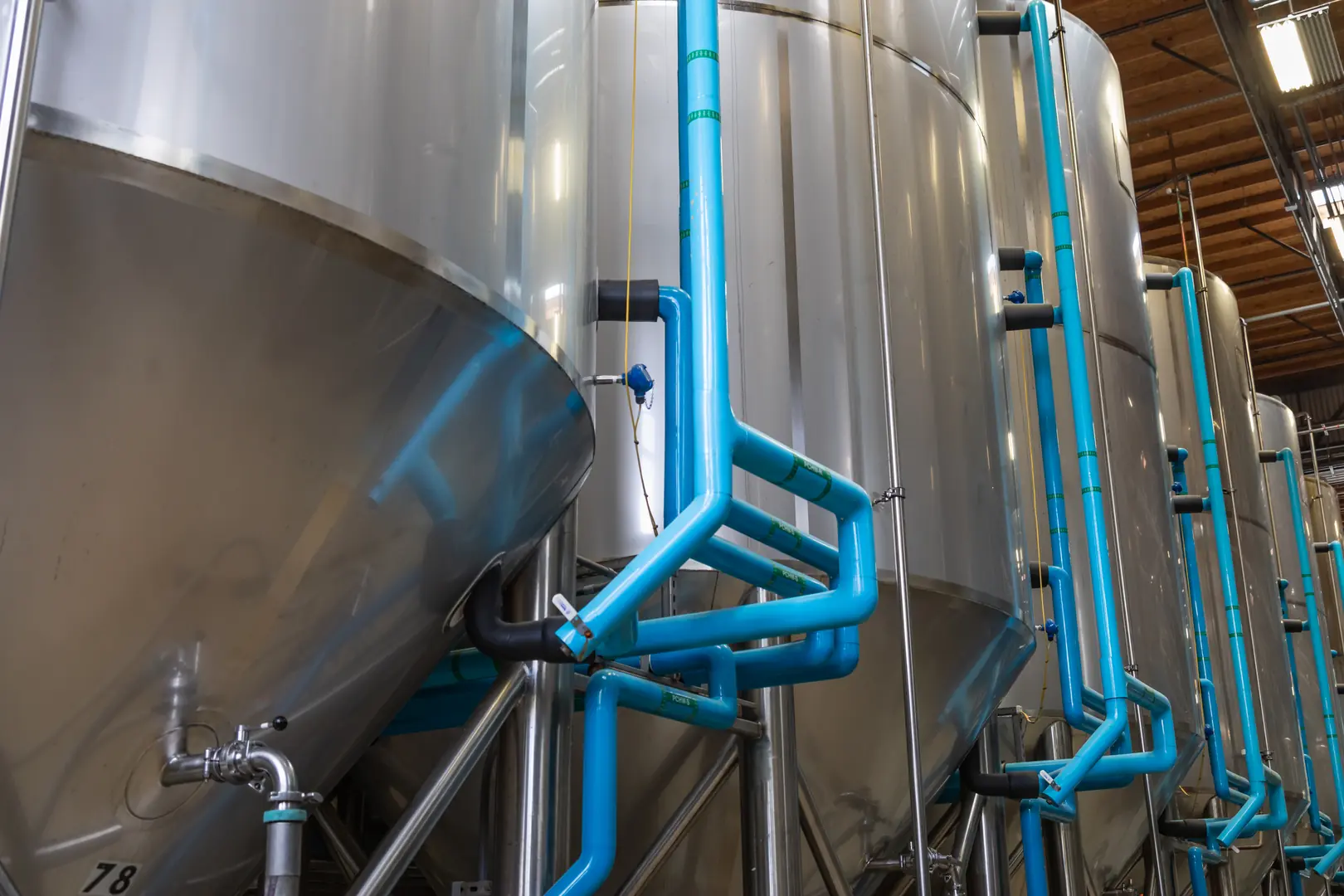
Navigating the complexities of surface finish selection is where our integrated supply chain at MFY becomes a powerful asset for our clients. The challenges are real, but they are manageable with the right partner. Evolving regulatory standards and the constant push for innovation mean that yesterday's solutions may not be adequate for tomorrow's products. We see these challenges not as obstacles, but as opportunities to demonstrate our agility and commitment to excellence. Our role is to help our clients anticipate these issues and build a resilient supply strategy.
Overcoming Key Hurdles
Let's address the most common challenges I discuss with clients and how we approach them together.
-
Cost vs. Performance
The most frequent challenge is budget. A high-performance No. 8 mirror finish is significantly more expensive than a standard 2B finish. The key is to conduct a lifecycle cost analysis. While a cheaper finish might save money upfront, it could lead to higher maintenance or replacement costs down the line. We help our clients analyze the total cost of ownership to make a decision that is economically sound in the long term. -
Ensuring Finish Consistency
For large projects or mass-produced goods, consistency is everything. A slight variation in the polish of a No. 4 finish between two architectural panels can ruin the entire aesthetic. This is a supply chain challenge. At MFY, our deep integration from raw material to cold-rolling and finishing allows us to maintain tight control over production parameters, ensuring a high degree of consistency from one coil to the next. -
Impact of Fabrication
Welding, bending, and grinding can damage or alter the original surface finish. It's crucial to plan for post-fabrication finishing steps, such as blending a weld seam on a brushed surface. We work with our clients' engineering teams early in the design phase to select finishes that are compatible with their manufacturing processes and to plan for any necessary restoration work.
By addressing these challenges head-on, we help our partners avoid costly surprises and ensure their final product performs exactly as designed.
Conclusion
Ultimately, selecting the right stainless steel surface finish is a strategic decision that drives product performance, market differentiation, and long-term value. It demands a true partnership with your supplier.
Have Questions or Need More Information?
Get in touch with us for personalized assistance and expert advice.
